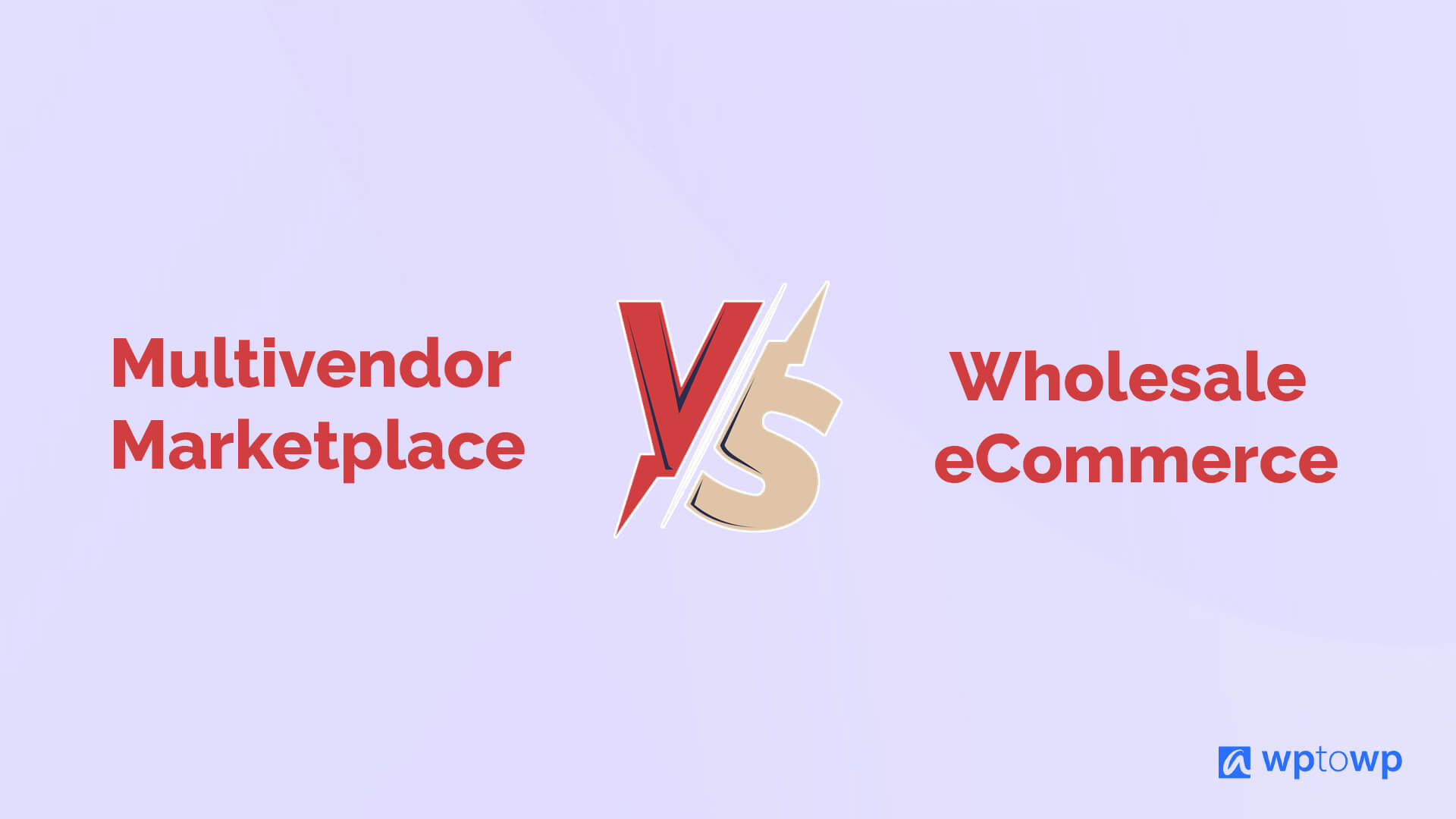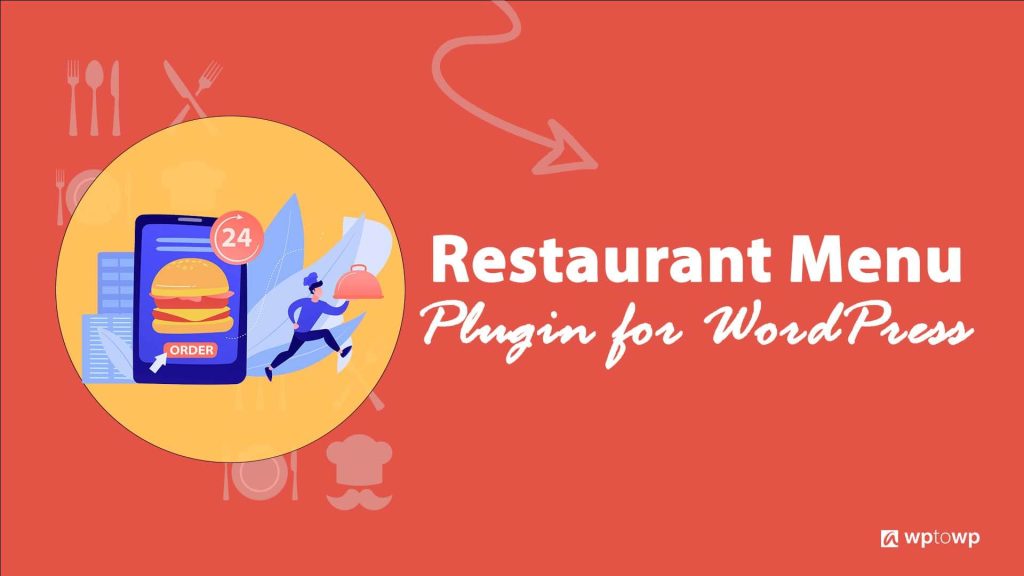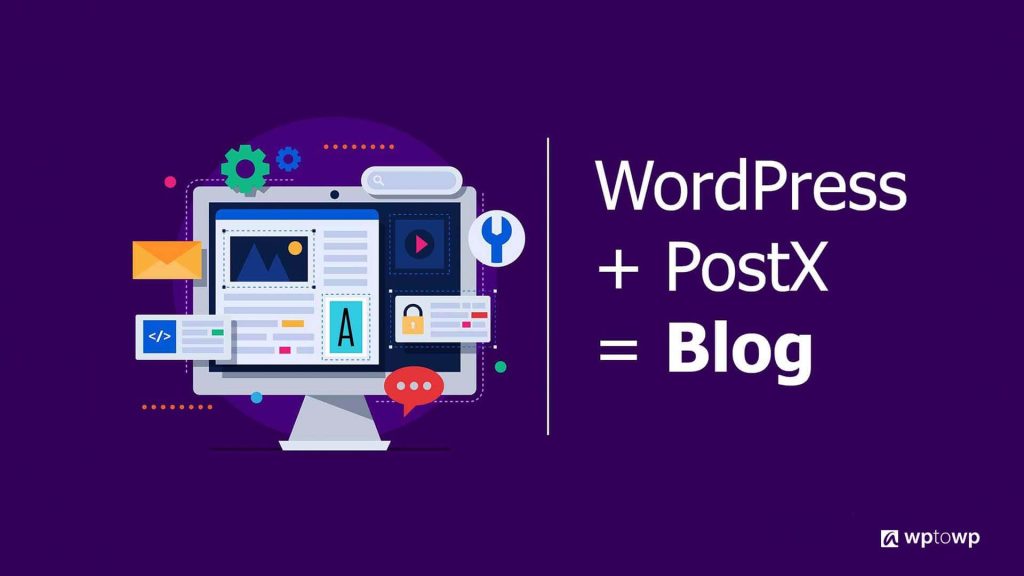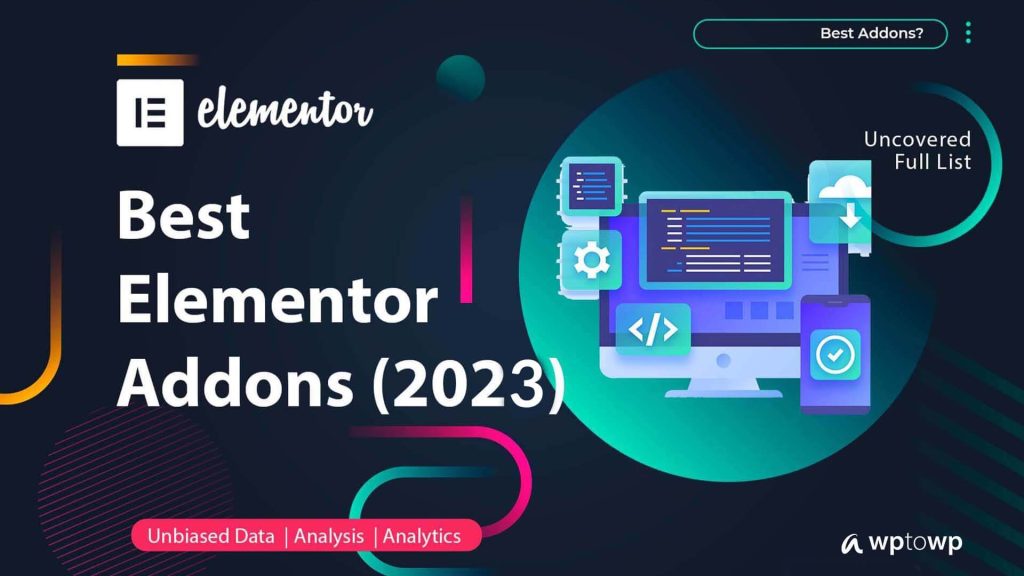Multivendor Marketplace vs Wholesale eCommerce Site 2024
What is the difference between a Multivendor Marketplace vs Wholesale eCommerce site? This is one of the interesting comparisons, especially for new eCommerce entrepreneurs. Both multivendor and wholesale marketplaces a large-scale businesses. Often people get confused. In this blog, we will check the differences and similarities between them.
In the dynamic landscape of eCommerce, businesses seeking to establish an online presence. But these are often confronted with a crucial decision: whether to opt for a Multivendor Marketplace or a Wholesale eCommerce Site. These two distinct models represent divergent approaches to online retail, each offering its own set of advantages and challenges.
A Multivendor Marketplace functions as a platform where multiple sellers can list and sell their products to a wide range of consumers, fostering a diverse ecosystem of products and vendors. On the other hand, a Wholesale eCommerce Site operates on a business-to-business (B2B) model, catering primarily to bulk buyers and resellers by offering discounted prices on products in larger quantities. By dissecting the intricacies of Multivendor Marketplaces and Wholesale eCommerce Sites, we aim to provide valuable insights to entrepreneurs and businesses grappling.
Multivendor Marketplace vs Wholesale eCommerce Site
When comparing a Multivendor Marketplace to a Wholesale eCommerce Site, there are several key factors to consider. Here are some possible headings for a head-to-head comparison. In this blog post, we will embark on a comparative journey, exploring the nuances of each model across various dimensions such as ownership, product selection, customer interaction, scalability, and more.
Business Model for Multivendor vs Wholesale eCommerce
- Explanation of Multivendor Marketplace
- Explanation of Wholesale eCommerce Site
Ownership and Control Comparison
- Who owns the platform?
- Who controls the sales process and customer interaction?
Product Selection
- Range of products offered
- Variability in product types and categories
Supplier Relationship
- Relationship with suppliers/vendors
- Supplier onboarding process
Pricing Strategy
- Pricing control and flexibility
- Discounts and bulk pricing options
Order Fulfillment
- Fulfillment process and logistics management
- Handling of shipping, returns, and refunds
Customer Interaction
- Customer service responsibilities
- Communication channels with customers
Brand Identity
- Establishment of a unique brand identity
- Perception of brands by customers
Competition and Collaboration
- Competitive landscape within the platform
- Opportunities for collaboration among vendors or suppliers
Scalability and Growth Potential
- Scalability of the business model
- Potential for expansion and diversification
Marketing and Promotion
- Marketing tools and strategies available
- Promotion of products and vendors
Customization and Personalization
- Level of customization for vendors or suppliers
- Personalization options for customers
Data and Analytics
- Availability of data and analytics tools
- Insights into customer behavior and sales performance
Regulatory Compliance
- Compliance requirements for operating the platform
- Handling of legal and regulatory issues
Potential Risk Management
- Measures for mitigating risks such as fraud or counterfeit products
- Policies for resolving disputes between parties
Development Cost Structure
- Initial setup costs
- Ongoing maintenance and transaction fees
Target Audience
- Target demographic and market segment
- Appeal to B2B or B2C customers
Technological Infrastructure
- Platform architecture and technology stack
- Integration capabilities with third-party services
Future Trends and Outlook
- Anticipated trends in the industry
- Potential challenges and opportunities for growth
FAQs on Marketplace vs Wholesale Site
Final Words on Marketplace vs Wholesale
These headings can provide a comprehensive framework for comparing the two types of eCommerce platforms. Depending on the specific focus of your blog and the needs of your audience, you can delve deeper into each category to provide more detailed insights and analysis.
Acknowledgment 💯💯
🐾 Images – Images in this blog have been collected from different websites, blogs, landing pages, plugin landing pages, WordPress directories, Social sites, etc
🐾 Affiliate Links – This blog contains several affiliate links. We will get a commission without charging you extra if you purchase any product through the link. You can see affiliates’ declarations here.
🐾 Data Source – All the data has been collected from various open sources like landing pages, WordPress directories, YouTube channels, etc. Data can be changed at any time.

Editorial Staff
Our editorial team consists of WordPress expert(s), analysts, content editors, writers, designers, SEO experts, outreach people, and developers! For each piece of content, a highly expert and dedicated team led by Asadullah Galib works together. We have only one motto: “We help you to make your final decisions!”






